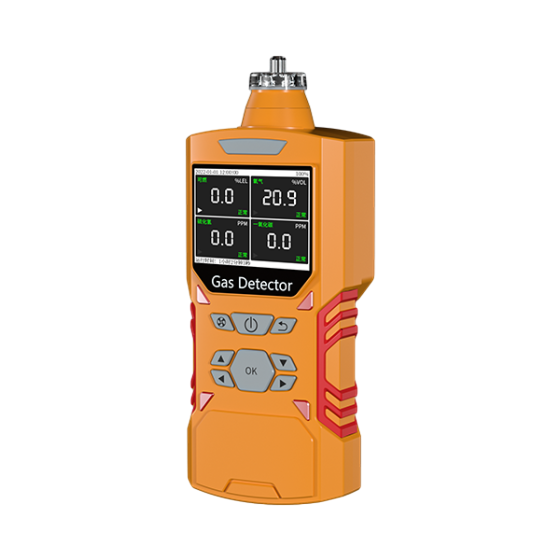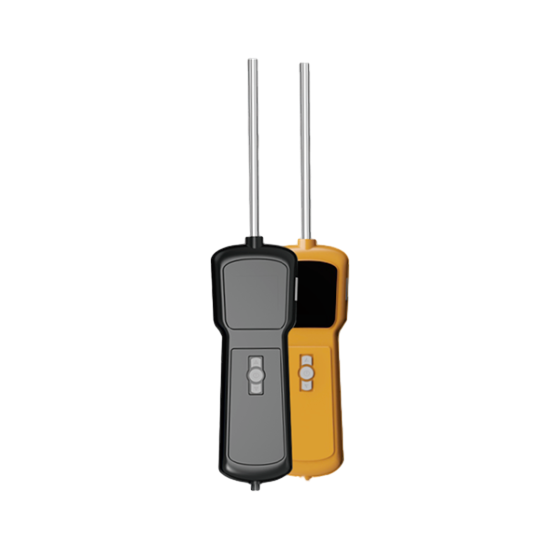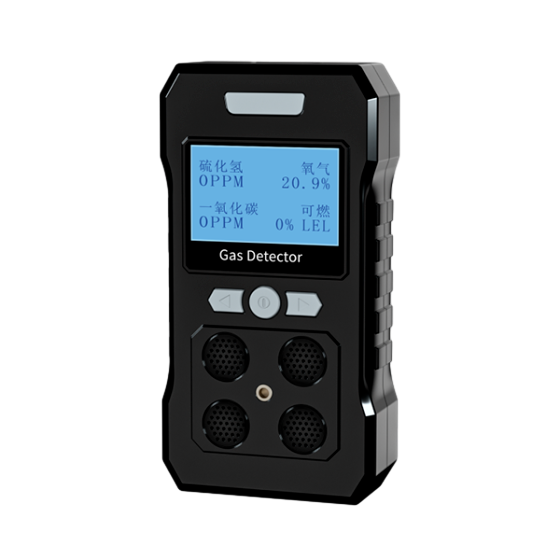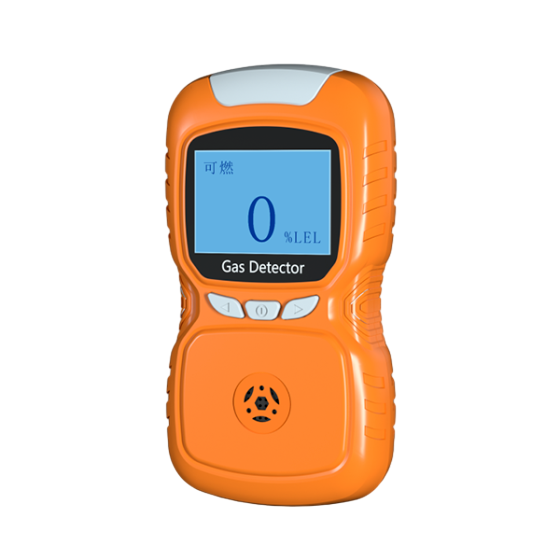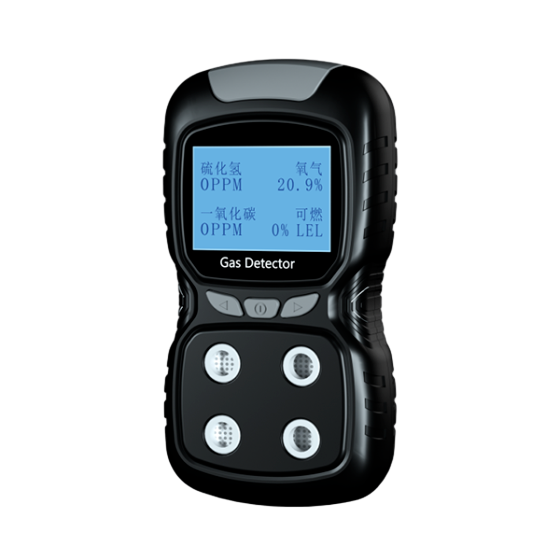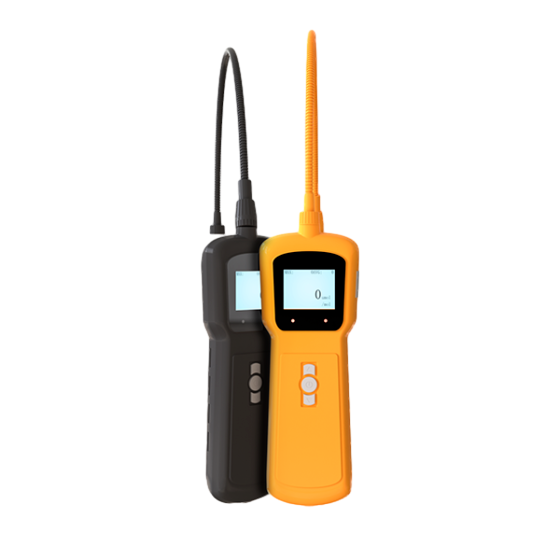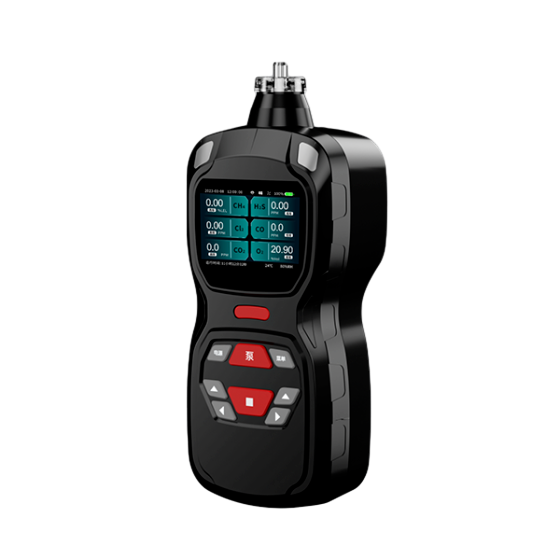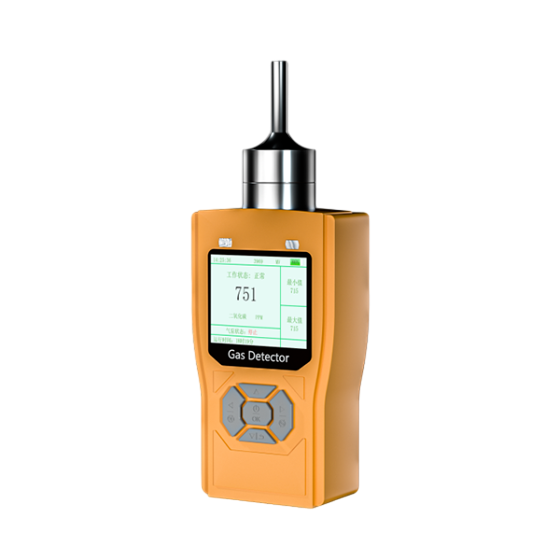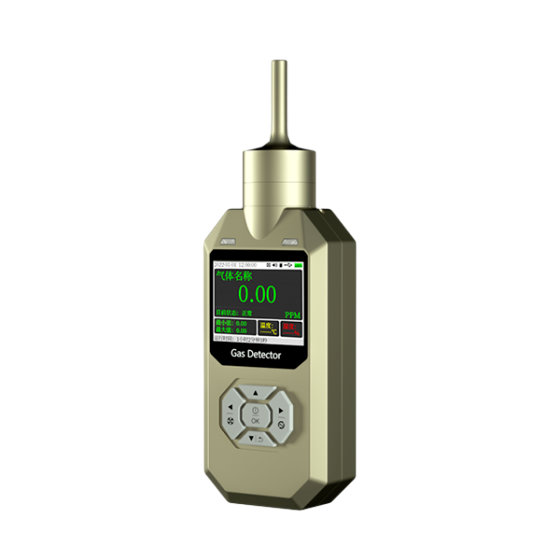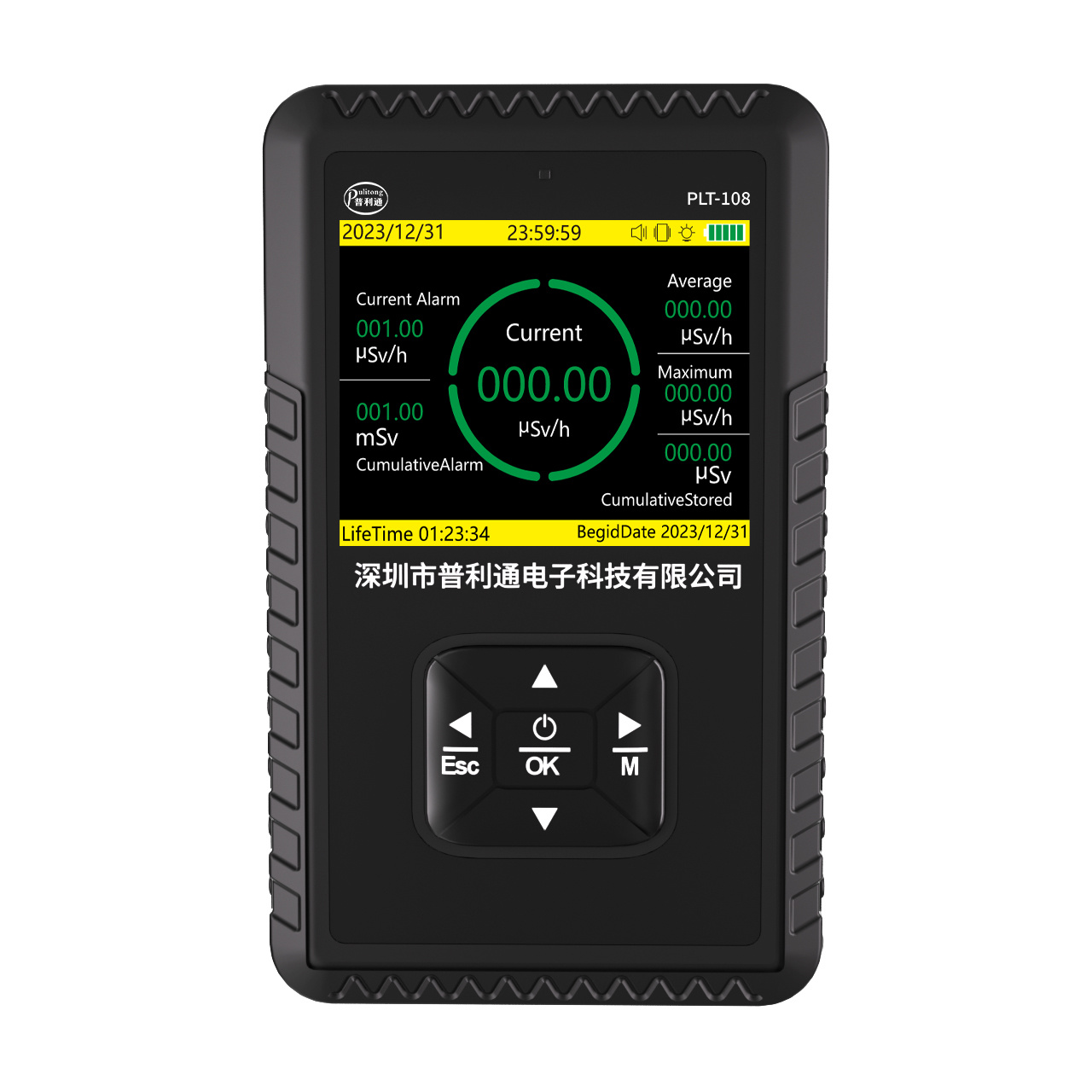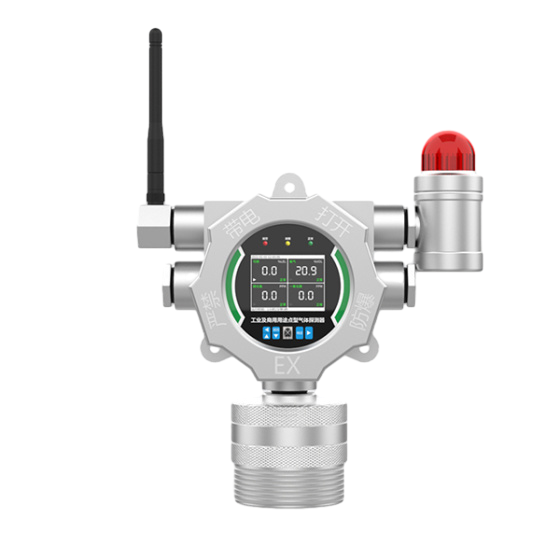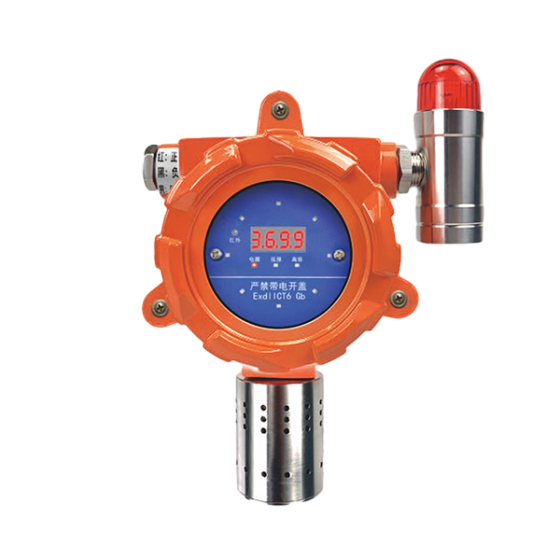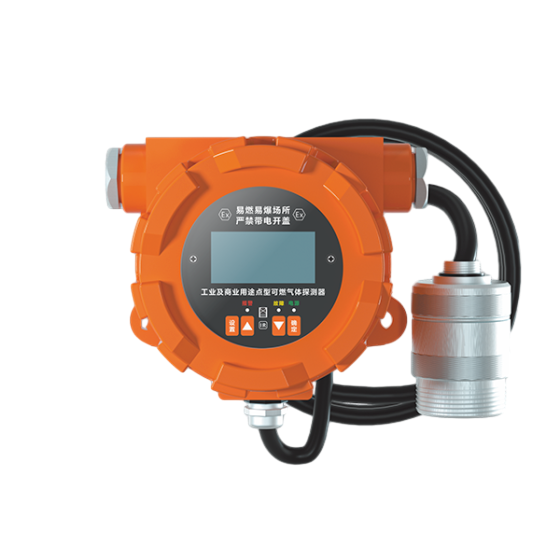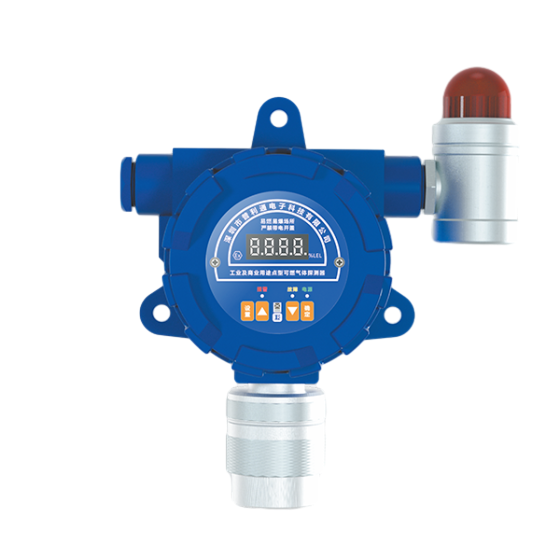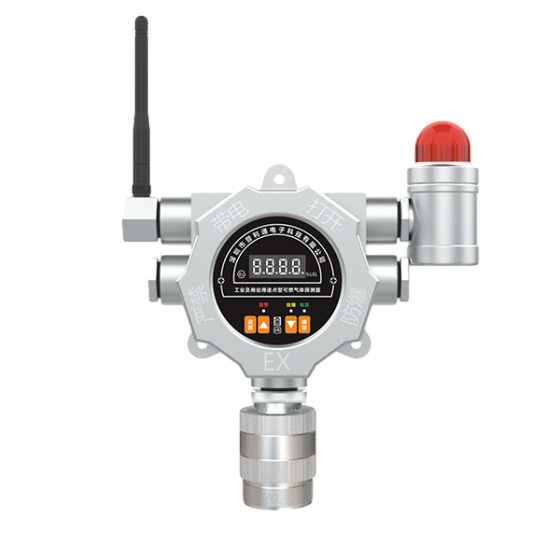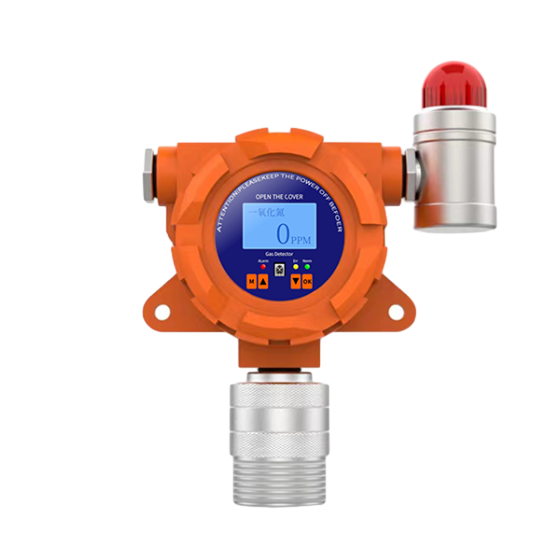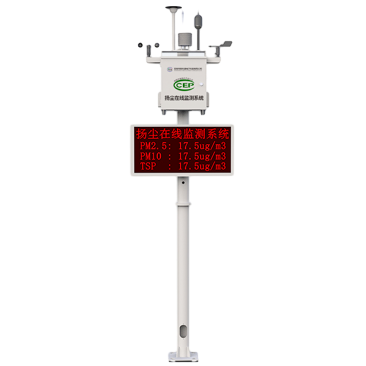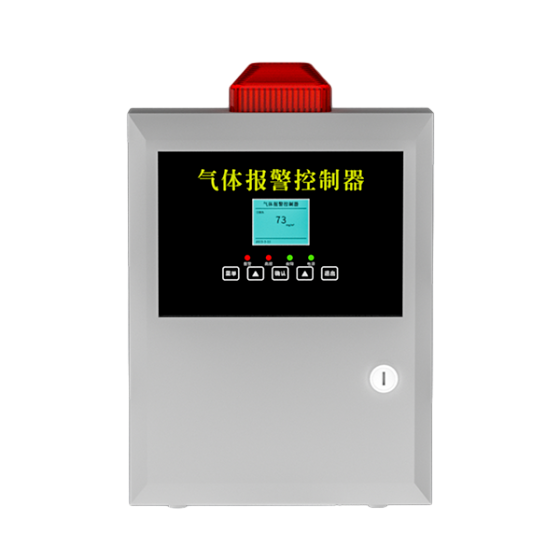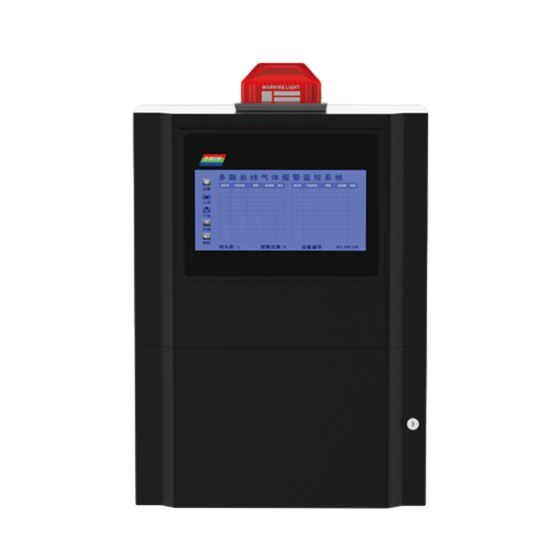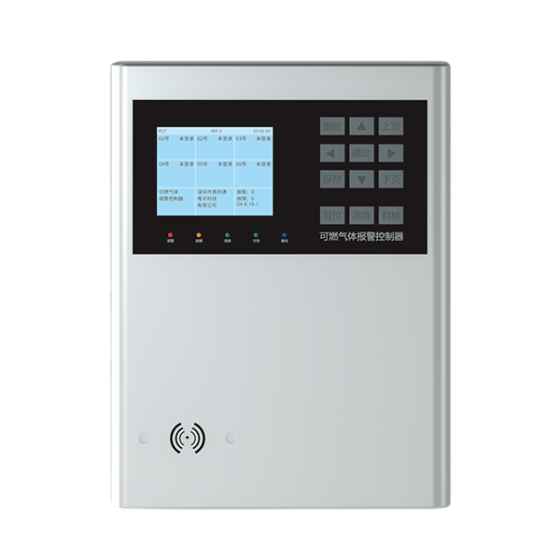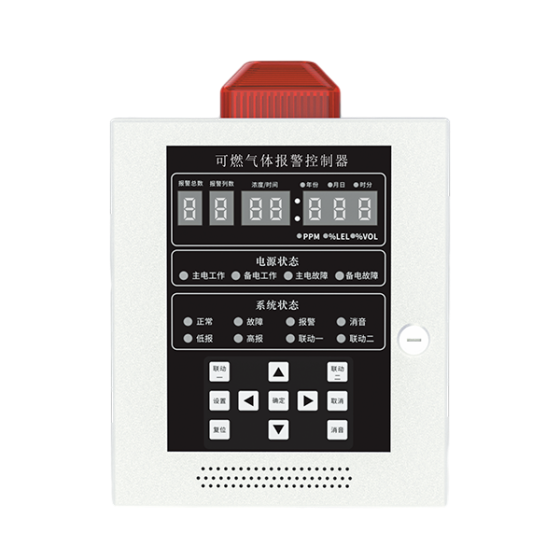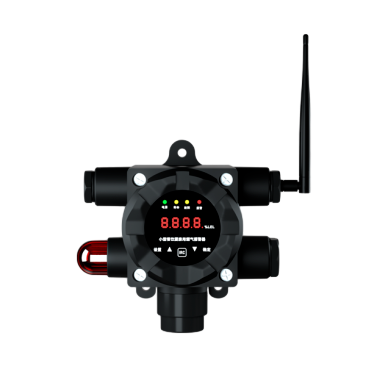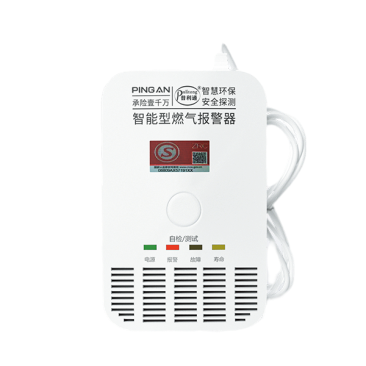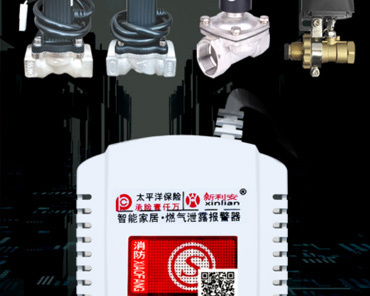Stay Safe: Essential Tips for Using a Combustible Gas Detector
2025-05-04
Introduction
Let’s face it – safety in our homes and workplaces is paramount. Among the many tools available to keep us safe, a combustible gas detector stands out as a must-have gadget. But, before you dive into the world of gas detection, there are some critical points to keep in mind. So, grab your coffee, and let’s explore the nitty-gritty of using this life-saving device!
Understanding Combustible Gases
First off, what exactly are combustible gases? Well, they’re gases that can ignite and cause explosions or fires when mixed with air. Common culprits include methane, propane, and butane. Yikes! That’s why a reliable combustible gas detector is essential for anyone dealing with these gases daily.
Why You Need One
Alright, let’s talk about why a combustible gas detector should be on your radar. Imagine this: you’re hosting a cozy dinner party, and a gas leak goes unnoticed. Suddenly, your evening turns into a scene from a horror movie! A gas detector can alert you to dangerous levels of combustible gases before they escalate into a full-blown crisis. Talk about peace of mind!
Choosing the Right Detector
Choosing the right combustible gas detector can be a bit overwhelming – there are so many options out there! Here are a few pointers to help you make the right choice:
- Type of Gas: Ensure the detector you’re considering is designed for the specific gases you might encounter.
- Power Source: Battery-operated detectors offer flexibility, while plug-in models might be more reliable in constant monitoring.
- Features: Look for additional features like LED indicators, audible alarms, and even smartphone connectivity for modern convenience.
Installation Tips
Now, onto installation! It’s not rocket science, but there are some things to keep in mind:
- Location: Place your combustible gas detector near potential gas sources, such as kitchens or utility rooms, but avoid putting it right next to gas appliances.
- Height Matters: Since gases rise, mount the detector at least a foot from the ceiling. This way, you’ll catch any sneaky gas leaks before they can cause trouble.
- Follow Instructions: Always refer to the manufacturer’s guidelines for the best installation practices.
Regular Maintenance: A Must!
Just like changing the oil in your car, regular maintenance of your combustible gas detector is crucial. Here are some simple steps:
- Test It Monthly: Give your detector a test run every month to ensure it’s functioning properly.
- Replace Batteries: If it’s battery-operated, change those batteries at least once a year.
- Know When to Replace: Detectors have a lifespan of about 5 to 10 years. If yours is nearing the end of its life, it’s time for a replacement!
What to Do If It Alerts
Alright, what happens if your combustible gas detector starts beeping like crazy? Here’s what you should do:
- Stay Calm: Panic won’t help anyone! Take a deep breath.
- Evacuate Immediately: Get everyone out of the building, and don’t forget your pets!
- Call for Help: Once you're safe, call your local gas company or emergency services.
Final Thoughts
To wrap it up, a combustible gas detector is more than just a gadget; it’s a lifesaver. By keeping these tips in mind, you can ensure you’re well-prepared to handle any gas-related emergencies. Remember, safety first, folks!
Stay Safe!
So, go ahead, invest in a good detector, and rest easy knowing you’re taking steps to protect yourself and your loved ones. After all, it's better to be safe than sorry!
Related Info
Combustible gas alarm maintenance
2020-07-03
2021-01-14








